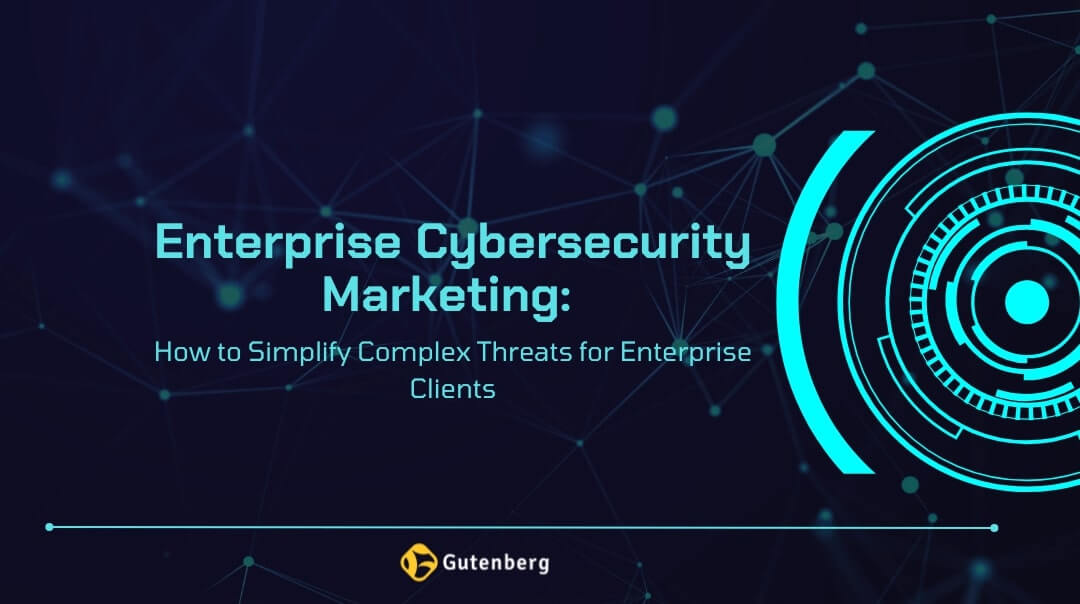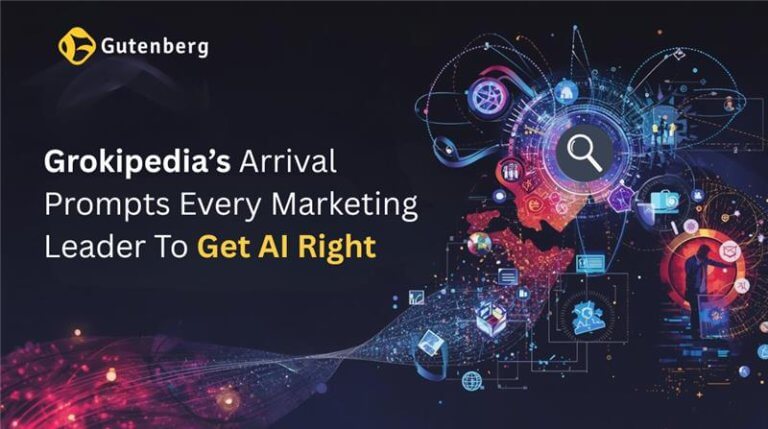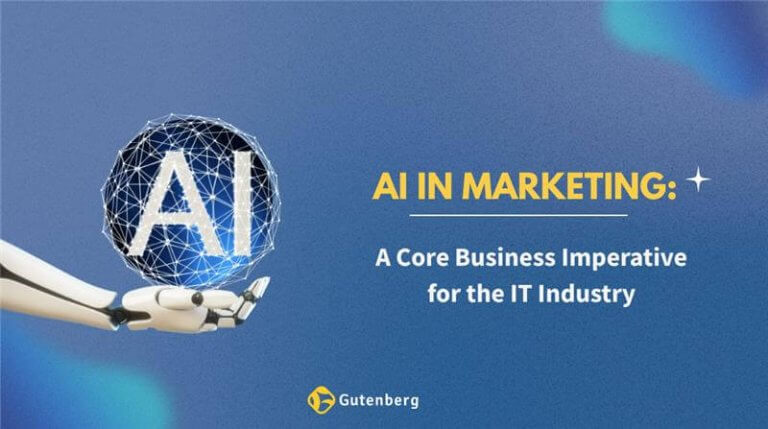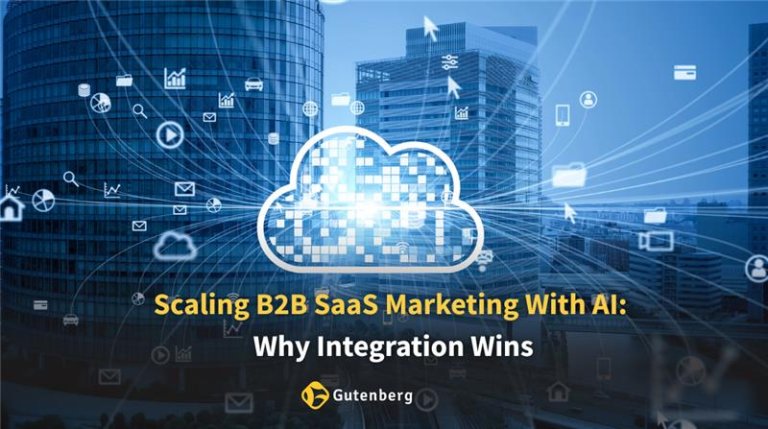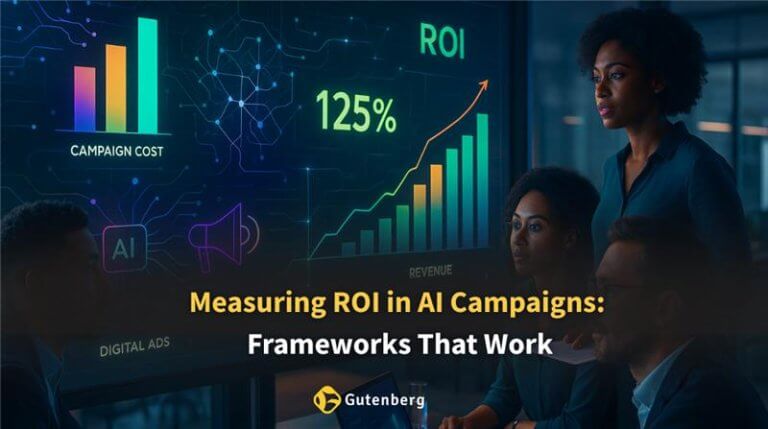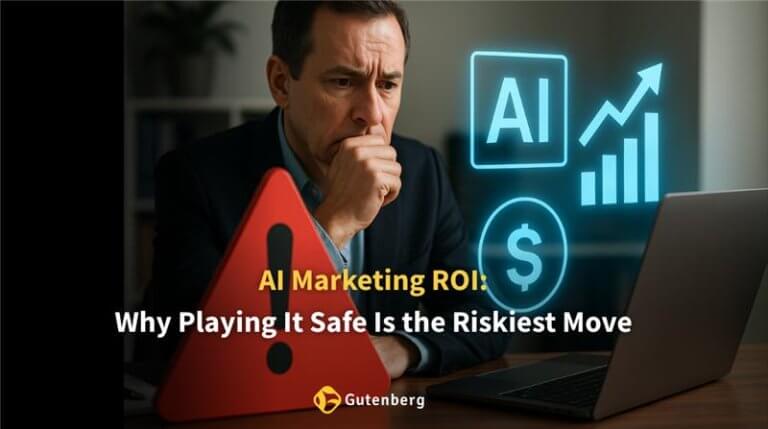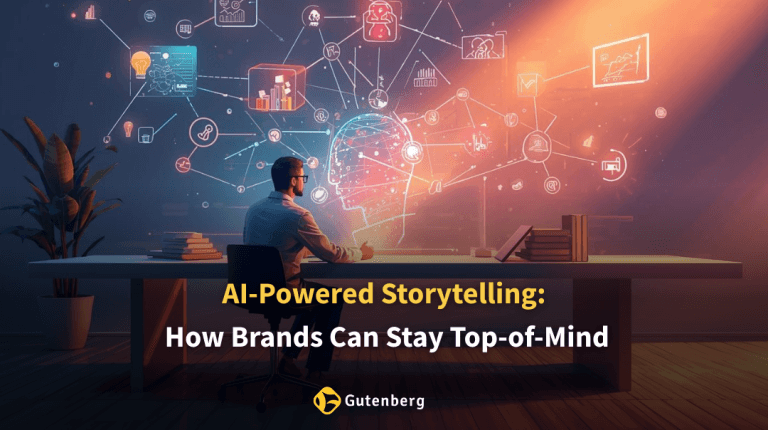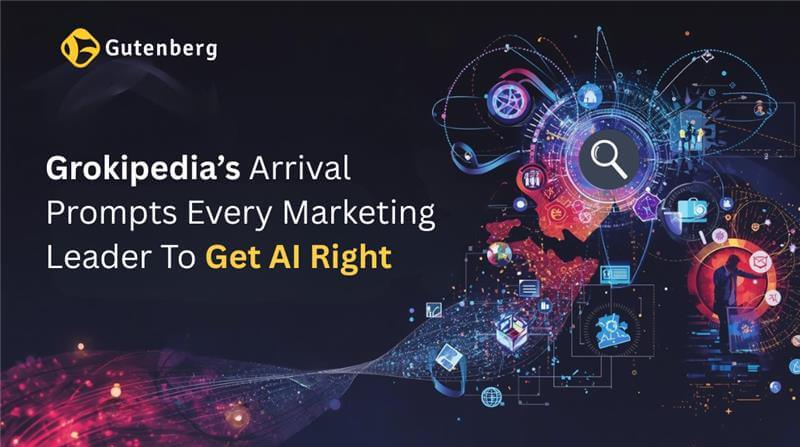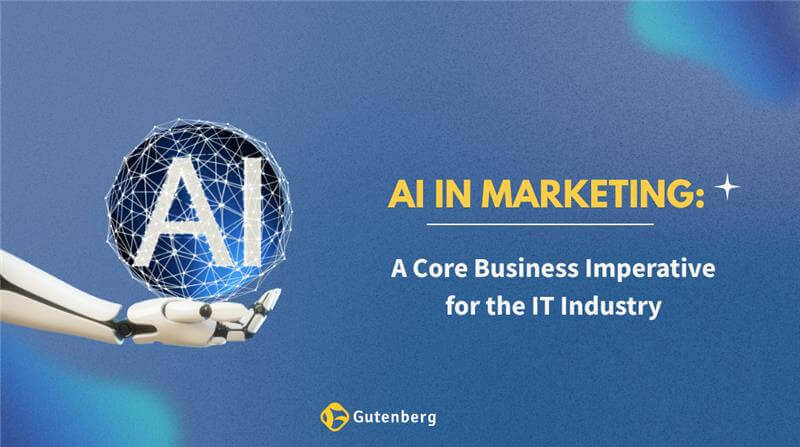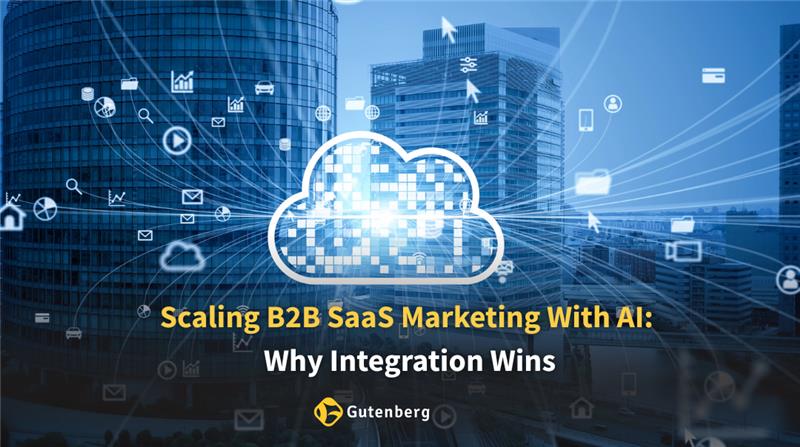Enterprise cybersecurity marketing is about clarity to the audience, not just regular communication. For enterprise buyers, the stakes are high: think data breaches, regulatory scrutiny, and business continuity. But the language of cybersecurity is often dense, technical, and hard to decode for non-specialists in the room. The real task isn’t simplifying threats, it’s simplifying how we talk about them.
This blog explores how cybersecurity companies can present their value in a way that resonates with enterprise stakeholders. Along the way, we’ll highlight the role of IT security marketing, enterprise risk management, and the importance of cybersecurity education and B2B security awareness.
Speak the Language of Outcomes, Not Acronyms
Cybersecurity buyers in large organizations—CISOs, CIOs, and IT leaders—are under pressure to justify security spending while protecting infrastructure. To connect, your marketing must move from listing features to highlighting business outcomes.
Instead of saying, “Our platform offers AI-driven threat intelligence,” say, “We help you detect and stop threats before they disrupt operations.” It’s not about oversimplifying — it’s about showing strategic relevance.
This shift aligns with findings from IBM’s 2023 Cost of a Data Breach Report, which noted that the average global breach cost rose to $4.45 million, a 15% increase over three years. When the risk is this high, enterprise cybersecurity marketing needs to communicate business protection, not just tech specifications.
Avoid Common Pitfalls in Cybersecurity Messaging
Effective cybersecurity marketing avoids several common pitfalls that can diminish your message’s impact. Here are the key habits that often weaken the effectiveness of cybersecurity marketing:
- Using Jargon Without Explanation: Cybersecurity terms and acronyms like DDoS, APT, or Zero Trust are common in the industry, but they can alienate enterprise buyers who don’t have deep technical knowledge. Overloading your messaging with jargon without providing clear definitions or context leaves non-technical decision-makers feeling confused or disconnected. Always balance technical language with clear, relatable explanations, so your audience can understand the relevance of the solution.
- Focusing on Fear Without Offering a Solution: While highlighting the risks of cyber threats like ransomware, data breaches, and insider threats can grab attention, focusing solely on fear can backfire. A fear-driven approach often leaves enterprise buyers feeling helpless or overwhelmed without offering a path forward. Instead, focus on how your solution addresses these threats, reduces risk, and ensures business continuity. Highlighting the “how” alongside the “what” ensures that your messaging is solution-oriented, not just fear-based.
- Listing Features Without Connecting Them to Enterprise Impact: It’s tempting to list all the advanced features of your product like AI-driven detection, real-time monitoring, etc. However, without linking these features to tangible business outcomes, they can appear disconnected from the enterprise’s core needs. Features are important, but outcomes matter more. Connect your product’s capabilities to real-world business goals, such as reducing downtime, ensuring regulatory compliance, protecting sensitive customer data, or safeguarding intellectual property.
Aligning Cybersecurity Solutions with Enterprise Risk Management
Instead of focusing purely on the technical aspects, shift your messaging to show how your solution integrates with and supports the broader enterprise risk management strategy. For example, if a company must meet specific regulatory requirements like HIPAA or PCI-DSS, highlight how your solution helps them maintain compliance in a way that is both reliable and efficient. Emphasize how your platform streamlines risk management processes, provides audit trails, and helps mitigate the chances of non-compliance.
By framing your cybersecurity solution in terms of risk management, compliance, and business resilience, you speak directly to the priorities of enterprise buyers. This approach makes the message more relevant, actionable, and aligned with the strategic objectives of your clients.
Simplify Without Oversimplifying
Making cybersecurity more accessible doesn’t mean removing complexity; it means packaging it in a way that drives clarity. That’s where cybersecurity education plays a critical role.
According to a study, 63% of organizations report a shortage of security staff with the right knowledge. Use content to bridge the gap:
- Create short explainer videos: These can convey key concepts quickly for both business and technical teams.
- Use infographics to show threat patterns: Visuals can help simplify information for decision-makers.
- Publish guides that answer enterprise FAQs: Proactively address doubts and reduce friction in the buying process.
These tools allow your audience to better understand the threat landscape without needing to be specialists. And good IT security marketing always serves both technical and business decision-makers.
Structure Content for the Enterprise Buying Cycle
Enterprise sales aren’t fast. Marketing should match that pace with layered content. That’s where B2B security awareness comes in.
Break your approach into three content tiers:
- Awareness: Short posts, visual explainers, or social media ads focusing on trends like ransomware or supply chain attacks
- Evaluation: Whitepapers, comparison guides, and webinars that tie into industry-specific use cases
- Decision: Case studies and ROI examples that show measurable outcomes
Nowadays, plain marketing messages do not work. A bank and a manufacturing firm may both need endpoint security, but their motivations differ. Show that you understand that.
Use Visuals to Reinforce Understanding
Words are powerful — but visuals amplify impact. Visual content gives decision-makers an easier way to process complex information.
Diagrams showing an attack kill chain, dashboards that visualize real-time threats, and before/after timelines of breach response all help simplify what’s at stake. In fact, a 2023 report from Venngage found that marketers using visuals grow traffic 12 times faster than those who rely solely on text.
In enterprise cybersecurity marketing, visuals don’t just complement the message. They often are the message.
How Gutenberg Supports Cybersecurity Brands
At Gutenberg, we work with cybersecurity companies to clarify their story without diluting their substance.
We understand that marketing needs to serve two functions: helping enterprises understand the threat and showing them why your service solves it. Our approach to enterprise cybersecurity marketing focuses on aligning technical value with strategic outcomes.
- Messaging Frameworks: Connect features to business results
- Content Architecture: Support each stage of the buyer journey
- Distribution Strategy: Prioritize high-quality engagement across channels
We’ve helped cybersecurity companies speak to IT leaders, risk officers, and procurement teams with equal impact. From content planning to campaign execution, we build strategies that reflect both product depth and enterprise relevance.
Measure What Matters
In B2B tech, especially IT security marketing, clicks and impressions aren’t enough. Focus on signals of genuine enterprise interest:
- Requests for technical deep-dives or demos: Indicate serious evaluation interest
- Time spent with mid-funnel content: Track engagement with webinars or whitepapers
- CRM data indicating qualified security interest: Signals that can align sales and marketing
A marketing report shows that sales and marketing alignment leads to 38% higher win rates. So, build metrics that reflect the complexity of your buying cycle.
Final Thoughts
Selling cybersecurity to enterprises means simplifying your message for the customers, not your product. It’s about showing how you help protect operations, meet compliance standards, and reduce risk. When done right, enterprise cybersecurity marketing brings clarity to complexity, helping your target audience understand your product better and make informed buying decisions.
With the right partner, one who understands both technical detail and strategic positioning, your marketing can become a driver of growth, not just a support function. That’s the difference Gutenberg delivers.
Let your audience focus on what matters. We’ll help make sure they understand why you matter.
FAQs
Q1. How can cybersecurity marketing connect better with enterprise buyers?
By focusing on business outcomes instead of just technical features. Enterprise buyers want to understand how a solution reduces risk, improves compliance, and protects operations. It’s not only about how it works.
Q2. Why is simplifying cybersecurity messaging so important?
Not every stakeholder in the buying process is a security expert. If the message is too technical or dense, it risks losing decision-makers. Clear communication helps more people understand the value of a solution.
Q3. What kind of content supports the enterprise sales cycle?
Enterprise sales cycles are long and layered. Awareness content like explainers or blogs builds early interest. Mid-stage content like whitepapers and comparison guides supports evaluation. Case studies help in the final decision stage.
Q4. How do visuals improve cybersecurity marketing?
Visuals make it easier to explain complex concepts. Diagrams, threat timelines, and dashboards help speed up understanding and create better recall across technical and business teams.
Q5. What metrics matter most when marketing cybersecurity to enterprises?
Clicks and impressions are limited signals. Metrics like demo requests, engagement with mid-funnel content, and CRM-based buyer intent offer a more accurate view of interest. Gutenberg works with cybersecurity brands to track and act on the right signals.

